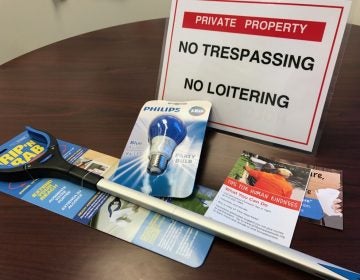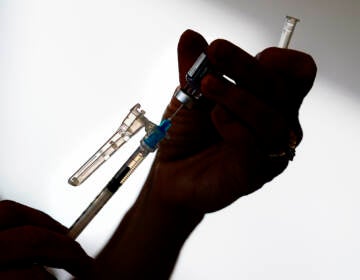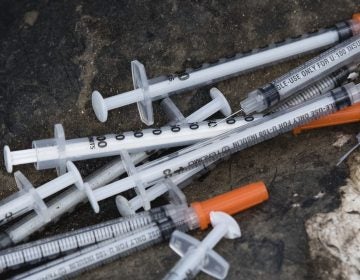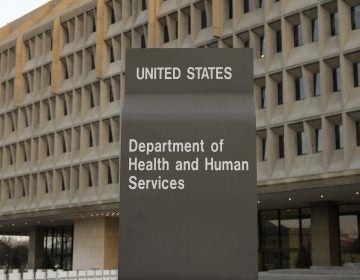Report shows significant overdose increase in tri-state area
Nationally, more than 63,600 individuals died from overdoses in 2016—a 21 percent increase from the previous year, and more than three times the rate in 1999
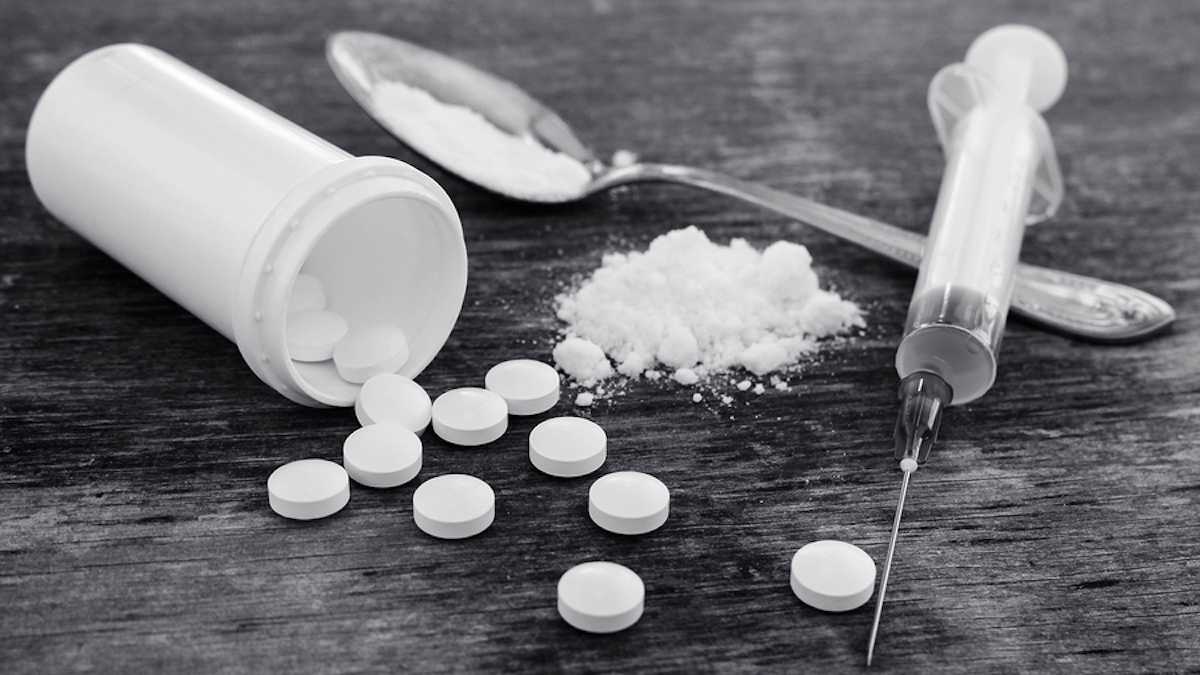
(Victoria 1/BigStock)
Reports show significant increases in overdose deaths across the nation, including in Delaware, Pennsylvania and New Jersey.
In the U.S., more than 63,600 individuals died from overdoses in 2016—a 21 percent increase from the previous year, and more than three times the rate in 1999— according to a recent report by the Centers for Disease Control and Prevention.
“It’s sad and very disturbing, but not surprising. Across the nation we’ve all seen significant increases and death due to overdoses,” said Dr. Karyl Rattay, director for Delaware’s Division of Public Health.
“And unfortunately, fentanyl has hit the streets in the last couple years, and fentanyl, which is a synthetic opioid, is killing many people in our country. We are in the midst of a crisis and a crisis that is evolving and worsening, and it’s impacting the overall life expectancy of Americans and Delawareans”
After analyzing CDC data, non-profit health advocacy organization Trust for America’s Health is calling for a “National Resilience Strategy” focusing on prevention, early identification and effective treatment.
Based on CDC statistics showing Delaware’s overdose death rate at 38.8 per 100,000—a 40 percent increase from 2015—TFAH believes the state could reach 60 overdose deaths per 100,000 by 2025.
“It is very shocking, it is extremely alarming—I hope through the comprehensive efforts underway that those numbers aren’t anywhere close to the reality we see in Delaware,” Rattay said.
“We are concerned.”
Pennsylvania had close to 38 overdose deaths per 100,000 last year, with a 44 percent increase over the previous year. The organization reports the state could face almost 72 overdose deaths per 100,000 by 2025.
Last year in New Jersey, there was about 22 overdose deaths per 100,000, with a 42 percent increase from the previous year. The organization predicts the state could face close to 46 overdose deaths per 100,000 by 2025.
The tristate area was not alone—overdose rates increased in 40 states and Washington, D.C. The largest increases were in D.C. at 109 percent, Maryland at 59 percent and Florida at 46 percent. However, West Virginia had the highest overdose death rate at 52 per 100,000.
The organization found around two-thirds of overdose deaths were opioid-related, and agrees with Rattay’s assessment that this was due to the rapidly increasing use of fentanyl and other synthetic opioids, outlined in the CDC report, which are extremely toxic.
Heroin-related deaths were about 15,500, and there were 14,500 prescription painkiller deaths, the organization reports.
TFAH, along with Well Being Trust, teamed up for a report entitled Pain in the Nation: The Drug, Alcohol and Suicide Epidemics and the Need for a National Resilience Strategy. The organizations believe overdose death rates in the U.S. could reach 163,000 by 2025.
“The escalating growth of opioid deaths is downright frightening—and it’s getting worse,” said John Auerbach, president and CEO of TFAH, in a statement. “Every community has been impacted by this crisis and it’s getting lots of headlines, yet we’re not making the investments or taking the actions needed at anywhere near the level needed to turn the tide.”
Recommendations include monitoring prescription opioids, public education, focusing on prevention through counseling and other programs and increasing diversion programs and treatment options.
“These are not simply numbers—these are actual lives. Seeing the loss of life at this dramatic rate calls for more immediate action,” said Benjamin F. Miller, PsyD, chief policy officer for Well Being Trust in a statement.
“Our fractured approach to a multi-systemic issue isn’t enough and it isn’t working. We collectively need to take a more comprehensive and systemic approach, beginning with prevention through recovery and treatment, to double down on investing in systems change for real results.”
Rattay said the report is consistent with trends in Delaware, and said she is on board with the recommendations outlined by the two organizations.
“We know prevention is key, and [we need to create] resilient communities focused on trauma prevention and identification of traumatic events in people’s lives so they can be managed and treated, so individuals don’t self-medicate with drugs and alcohol and other addictive approaches,” she said.
Rattay said there also are a number of programs for school age children. The state of Delaware is implementing an evidence-based prevention program called the Botvin Life Skills Training Program in middle schools.
Delaware also has taken action to address the issue of overprescribing. New regulations enacted in April limit opioid prescriptions to seven days—unless a prescriber can prove it’s necessary following a physical exam, and after checking the patient’s history in the state’s prescription database. Requiring physicians to check the database aims to prevent what health officials call “doctor shopping.”
Rattay said the health department also wants to ensure individuals struggling with addiction have more access to treatment, and ensuring they’re being engaged at reachable moments, such as if they’re hospitalized or affiliated with the criminal justice system.
She also encourages individuals struggling with addiction and their families seek help during what can be a difficult time of the year.
“[The holidays] tend to be a time individuals may relapse and we want to make sure individuals themselves and their families and friends know this is a vulnerable time for many individuals,” Rattay said.
Information can be found at HelpIsHereDE.com
WHYY is your source for fact-based, in-depth journalism and information. As a nonprofit organization, we rely on financial support from readers like you. Please give today.



